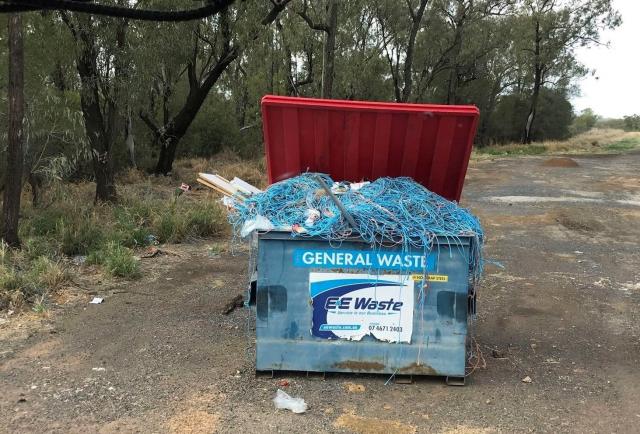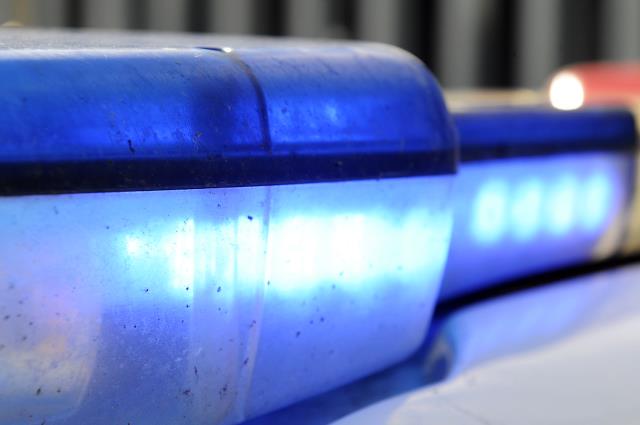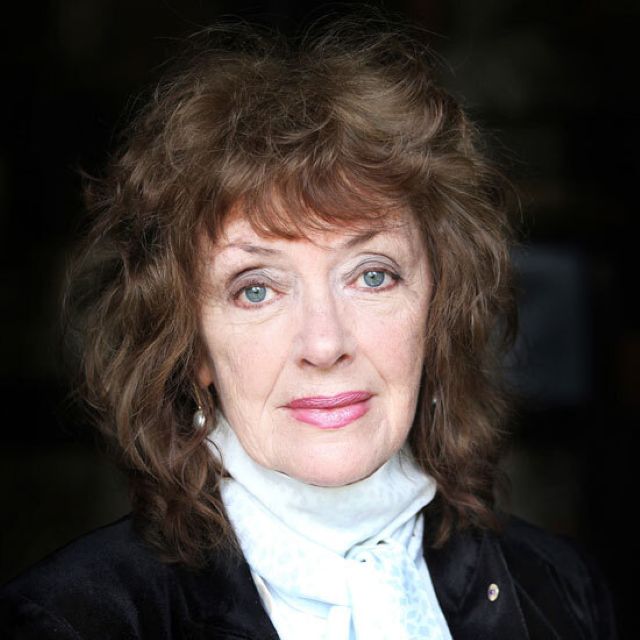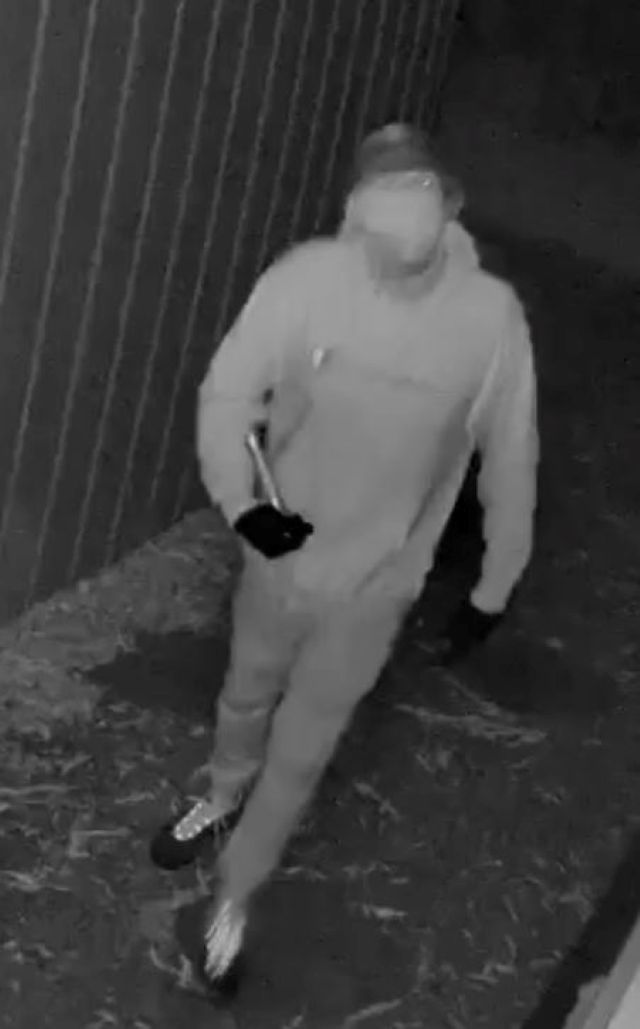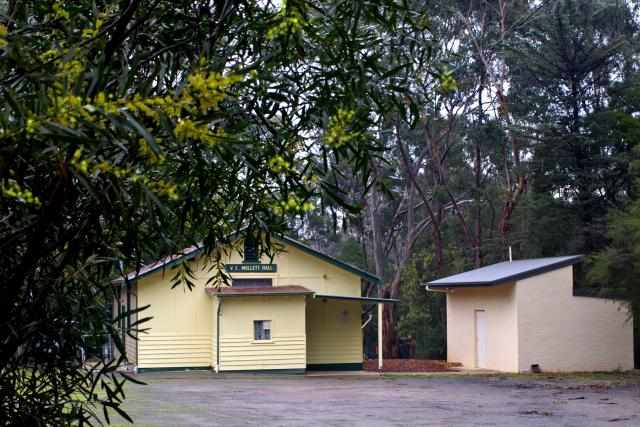The Parental Control campaign has been re-launched by the Transport Accident Commission (TAC) and the State Government to urge parents, guardians, and supervisors to educate learner drivers about the hazards that come with night-time driving with young drivers over represented in fatalities on Victorian roads at night.
Yarra Ranges Council’s L2P project officer Steve D’Abico said the required 120 hours of driving practice with the current 20-hour night driving minimum ensures a wide range of experiences.
“It is important that learners can get this wide range of conditions and experience when they have the support of a supervising driver,” he said.
“We always recommend thinking about the type of solo driving the learner will be doing and getting more practice in those areas/times/conditions as we know that for a lot of young people when they get their P’s a considerable amount of their driving might be done at night as part of work or social activities.”
Research shows that in their first year on the roads, P-plate drivers are around seven times more likely to be killed or injured while driving at night, compared to fully licensed drivers.
Mr D’Abico said the main thing parents would want to look at when driving at nighttime is the difference in hazards.
“At nighttime obviously visibility is limited. We’re relying on our lights and streetlights, and driving out here in the Yarra Ranges is a different ballgame to driving in the city. There are different kinds of hazards that we want to be aware of and be prepared for,” he said.
“It’s really upsetting to know that the statistics are high in deaths and serious injury for young drivers at night. Seeing improved safety on the roads is always a win s we want to see that.”
On average, around 31 first-year P-platers are killed or seriously injured while driving at night in Victoria each year, with approximately 50,000 new drivers hitting the road annually.
Mr D’Abico gave some advice to young drivers before they hit the road at night.
“They can take their time, remember the things that they’ve learned in their hours and with their supervising drivers. “There’s always another option, sometimes we think we have to drive or we have to drive our friend or whatever it might be, but you can get a cab, or an uber, or the bus, if we’re not feeling safe or comfortable driving,” he said.
“It’s a big feature that in the L2P programme that we prepare our learners to be safe drivers when they get to their P’s, not just that they can pass their tests. That includes practising the drives they are going to do when they are on their own, so to work or at night, we try to do a practice drive of those.”
In 2022, young drivers aged between 18 and 25 have made up around 20 per cent of all driver fatalities despite the same age group accounting for approximately only 10 per cent of all licence holders.
Of the 14 drivers in this age group killed in 2022, seven of the crashes occurred between 6pm and 6am.
Minister for Roads and Road Safety Ben Carroll said research shows the risk of fatal or serious injury from a crash increase at night.
“It is a sad reality that at any time of day, first-year P-platers are significantly more likely to be involved in a fatal or serious injury crash than fully licensed drivers,” he said.
“Experience and maturity are crucial when it comes to the safety of young drivers – this campaign urges parents, guardians and supervisors to educate learners around the risks and ensure they get at least 20 hours of practice at night.”
The campaign will feature prominently across digital, radio, press and outdoor platforms and will run until mid-September. More information can be found at tac.vic.gov.au/nightdriving.
“Ensuring our next generation of solo drivers has enough experience, in all conditions, is absolutely critical to them being as safe as possible when they hit the road as P-platers,” said Transport Accident Commission CEO Joe Calafiore.


